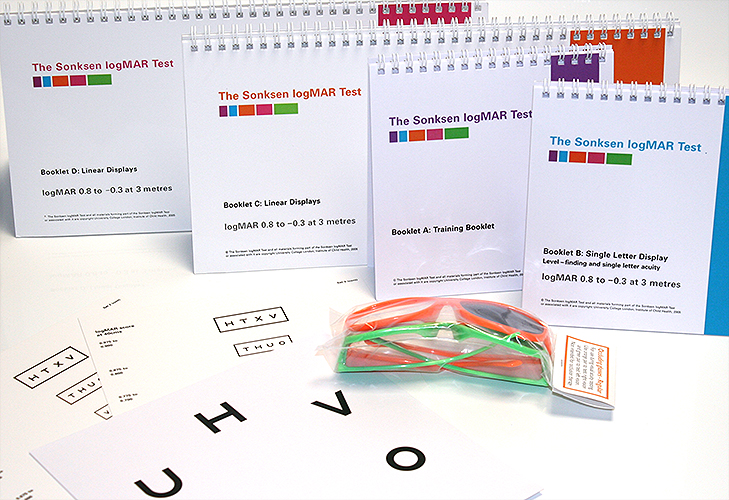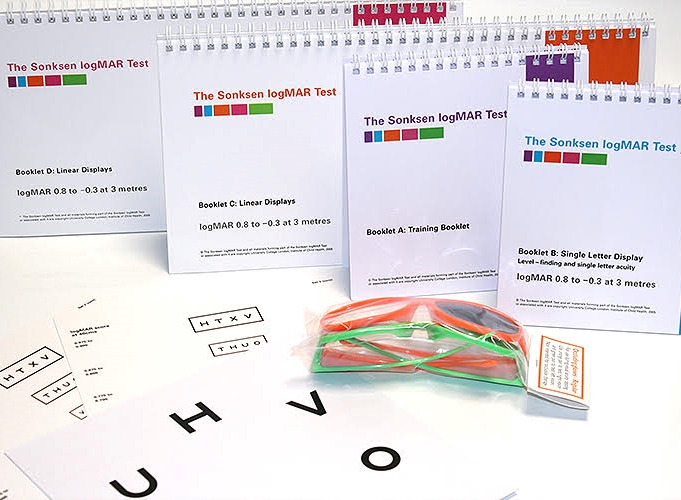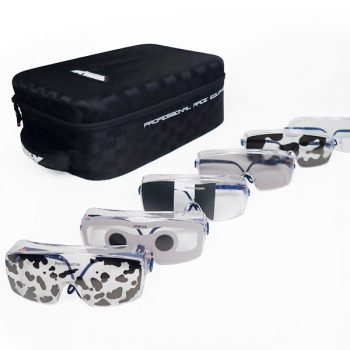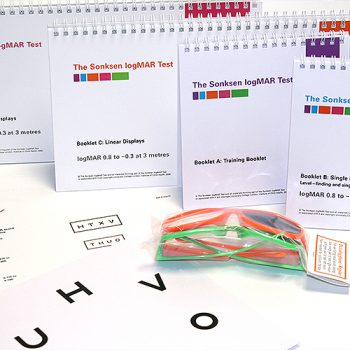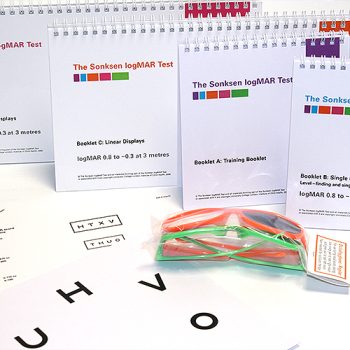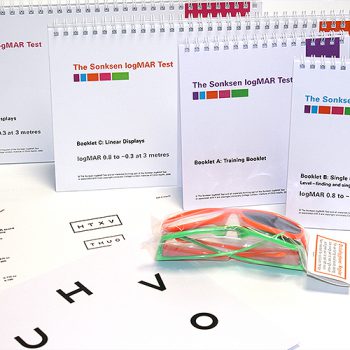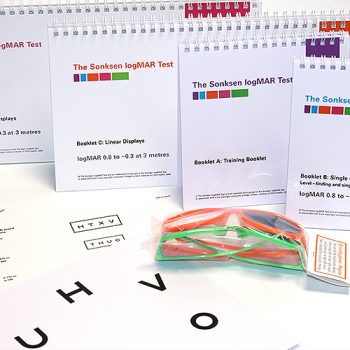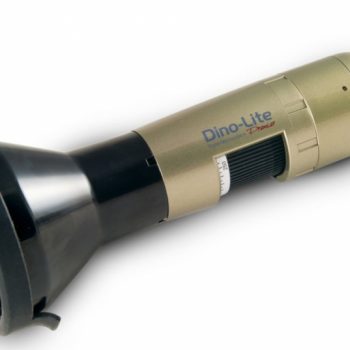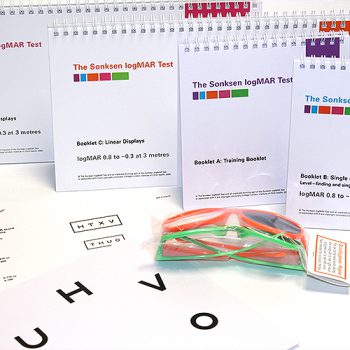Purpose: To establish age norms and interocular differences in visual acuity between 2 years 9 months and 8 years for the Sonksen logMAR Test.
Methods: Cross-sectional population-based study. Binocular measures of linear visual acuity were achieved in 2,940 children and monocular measures were achieved in 2,820 right eyes and 2,821 left eyes, respectively. Measures for both right and left eyes were achieved by 2,807. Asymmetric logistic models were used to construct smoothly changing age-related centile curves showing how visual acuity changes with age in a normative population sample.
Results: All curves demonstrated an increase in visual acuity with age that was steepest between 2 years 9 months and 5 years 3 months. Equivalent centiles for linear visual acuity were better when viewed binocularly than monocularly; the difference was least between the 95th centiles (best levels) and greatest between the 5th centiles (worst levels). There were no clinically significant differences between group measures of visual acuity from right and left eyes-average within child difference 0.0095 logMAR units, 95% CI, 0.0059-0.013. Interocular differences did not vary significantly with age (p = 0.73). The 90th and 95th centiles for interocular difference were 0.125 and 0.175 log units, respectively.
Conclusions: This study demonstrates how visual acuity varied with age for the Sonksen logMAR Test and presents the findings in the clinically useful format of centile charts.

